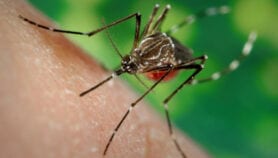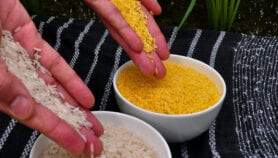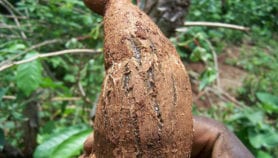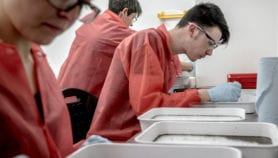By: Priya Shetty
Send to a friend
The details you provide on this page will not be used to send unsolicited email, and will not be sold to a 3rd party. See privacy policy.
Researchers in Australia have developed a new method of genetically modifying plants and are making their discovery accessible by other researchers through ‘open source’ licensing.
The decision will make the technique available for free to scientists from developing countries who might otherwise be unable to afford to research genetic modification because of the restrictive costs of getting a licence to use the existing technique.
Scientists wanting to use that approach, which relies on bacteria called Agrobacterium to transfer genes to plants, face a complicated and fragmented system of patent ownership.
The researchers from CAMBIA, a research centre affiliated to Charles Sturt University in Canberra, have found that other species of bacteria can also transfer foreign genes into plants. Their method was published yesterday (10 February) in Nature.
The team’s lead researcher Richard A. Jefferson is founder of the Biological Innovation for Open Society (BIOS), an initiative designed to increase the availability of scientific information to scientists in developing countries who cannot afford licensing costs of the existing patented technology.
The CAMBIA research is available under an open source licence, which can be obtained from the BIOS website. Although the work will still be patented, such licences prevent an individual or group from holding a monopoly over information they have discovered or created.
The only restrictions the project applies are that users share any improvements, safety information and regulatory data, and preserve the opportunity for others to use and improve the technology.
Jefferson told SciDev.Net that he believed free access to biotechnologies would help scientists collaborate under a ‘rule-set’ that guarantees as far as possible that the original work will be retained as building blocks, transparently evaluated and incorporated into new products.
Scientists would also be able to work without the costs of negotiating licence agreements, he added.
The CAMBIA technique for genetic-modification is the first biotechnology to be made available through the institute’s BioForge project, also launched this week.
BioForge is the BIOS ideology put into practice. It aims to create a protected ‘commons’ of biological technologies through which scientists can exchange scientific information held under open source licences.
If the open source movement takes off as successfully in biology as it did in computing, it might, as Jefferson hopes, “coalesce [scientists’] contributions into a much greater whole than anything before.”
Link to full paper by Jefferson et al in Nature
Link to accompanying article by Stanton B. Gelvin in Nature
References: Nature 433, 629 (2005), Nature 433, 583 (2005)
To read more about these topics, visit SciDev.Net’s GM crops and intellectual property dossiers and science publishing quick guide.













